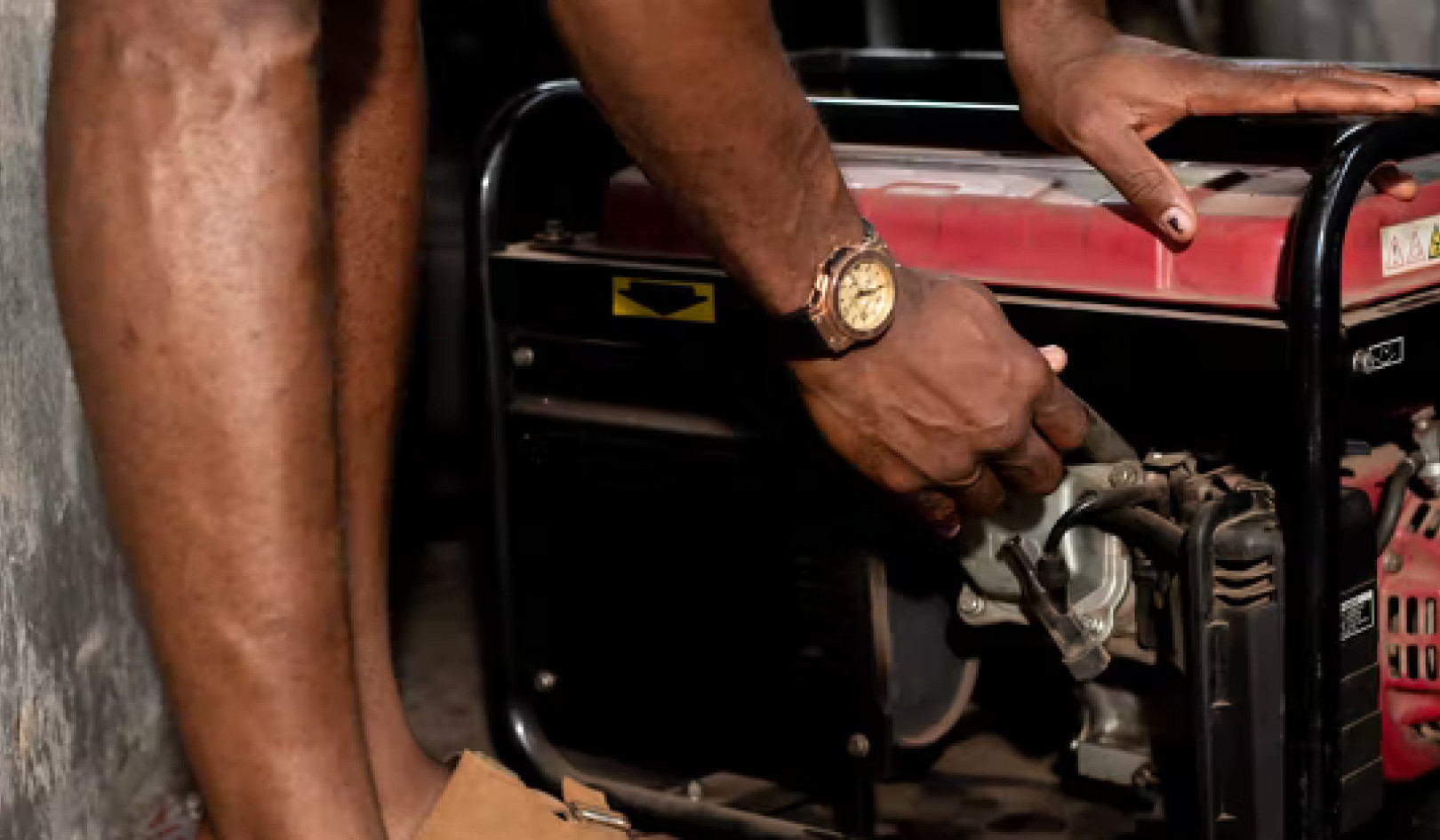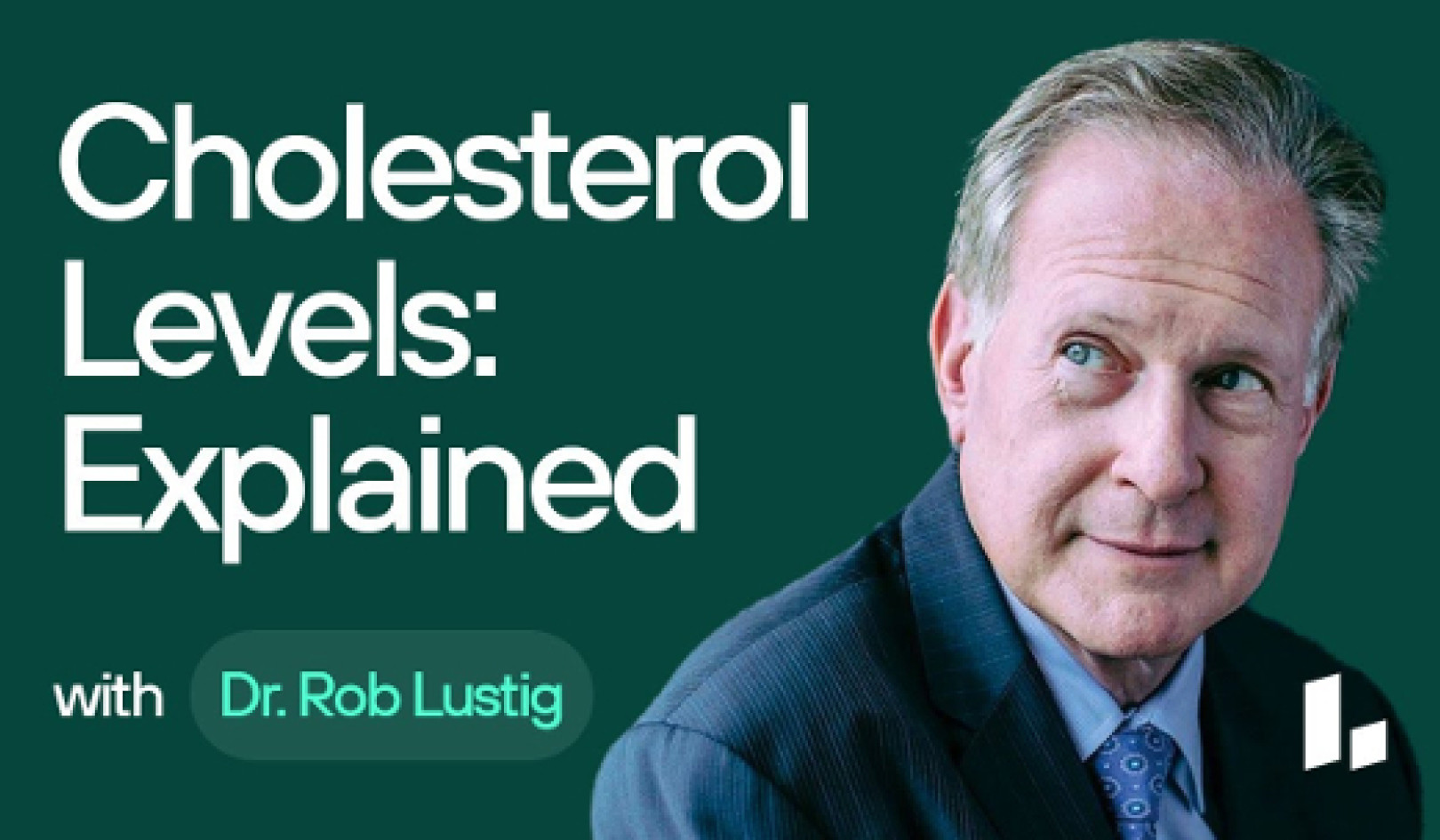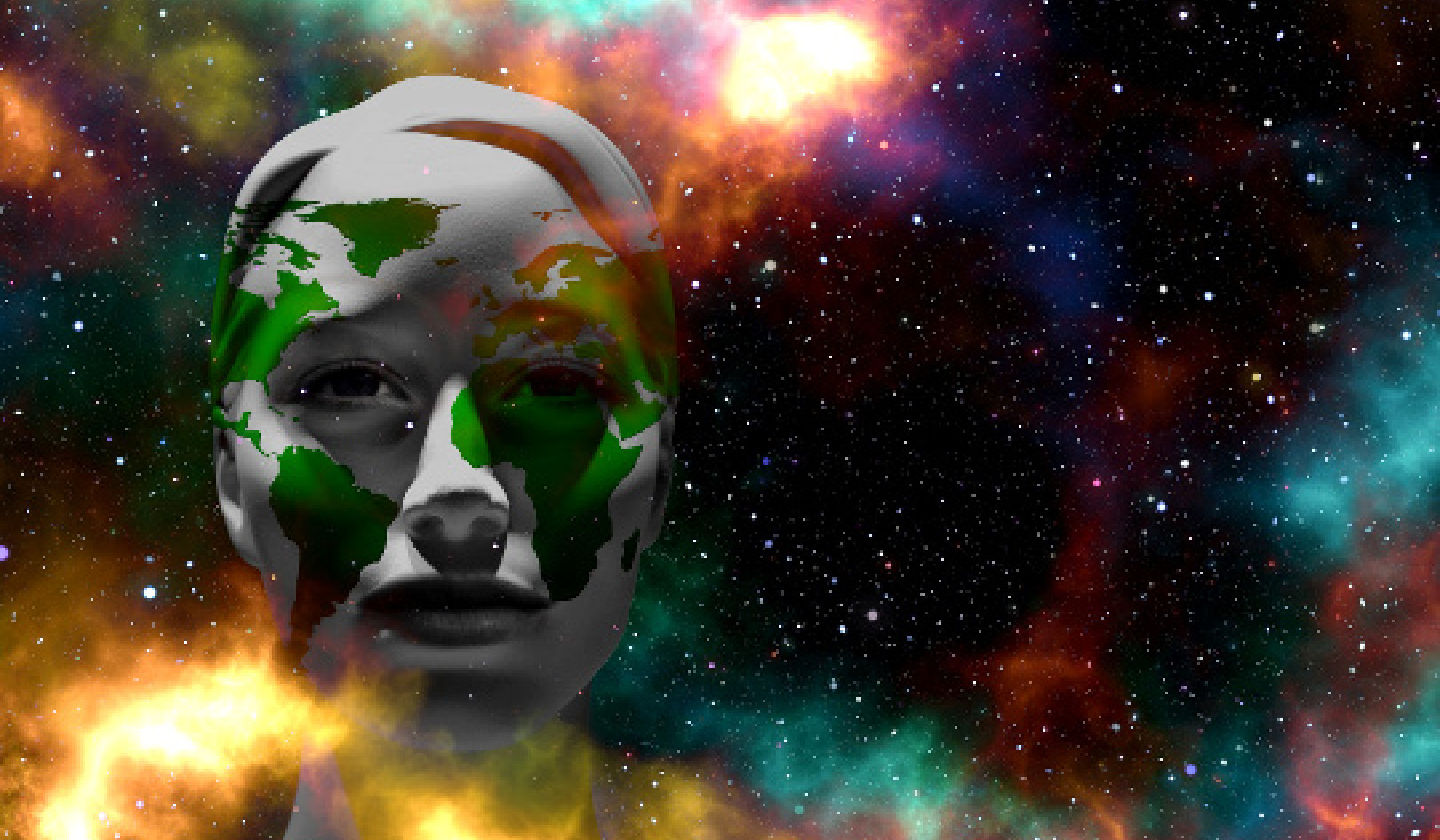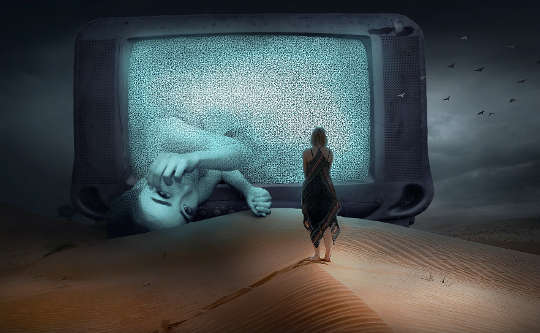
Image by Stefan Keller
In modernity, magic has often been dismissed, ridiculed and banished as suspect, woo-woo nonsense. It can seem that only those people who are foolish, young and crazy deal in such things.
The image of magic is now mostly cartoon-like, of witches in black hats and wizards with wands. Meanwhile, we like to think of ourselves as sensible, rational, capable adults. Almost all of us have learnt from infancy and, over the course of our lives have been continuing, to shut out magic, to live in a “normal” yet impoverished view of reality.
Dismissing the Precious Experience of Living Magic
Some babies and children have eyes filled with sparkle and depth, while others sadly already have shutters covering them. As children, many of us may have had a vivid “magical” experience. For some, perhaps it took the form of a ghostly visit at the end of the bed, or for others a conversation with a wise grandpa or funky grandma, a book we loved, an encounter with a favourite tree, a moment in a church or by a stream . . . the precious experience of living magic . . .
But perhaps when we shared these experiences with adults we were dismissed. They might have said, “Don’t talk nonsense” or “There is no such thing as . . . ” or “Stop being silly!” Maybe they gave us a stern look or generated a disapproving atmosphere. We learnt to shut down our sense of the miraculous, to adapt to fit in. We learnt that accessing magic might be fun but that it is unwelcome.
As Peter Pan told Wendy, “The moment you doubt whether you can fly, you cease for ever to be able to do it.”
As we grow older, we often become less open. We close ourselves down in order to be accepted and safe. We adopt an identity that fits in with our family, school and culture. The reason most people become “old” is not because of the physical age of their body, but because they have become static in themselves, limited and rigid.
Let’s face it, just surviving in this world is often hard enough when we are busy and under pressure; when we have to quickly sort out what is immediately in front of us. We haven’t got the time to indulge in fancy notions of magic! We must be practical, we must be tensed, ready
and alert!
Our Natural Magical Ability Has Been Taken over by Technology
We are enchanted by images on brightly flashing screens. Adverts use the magic of ritual. They induce a little trance and utilize our need for resolution by offering us mini-stories with a beginning, middle and end: the shocking disaster of a dirty spot on a shirt is magically transformed by this powder into a sparkling white shirt and a happy life! We have become passive consumers of magical thinking. If this, then that.
We are scared of the darkness and the unknown. We are addicted to upbeat niceness, newness and happiness; we love sparkle, constant music and frequent sales. But this is a sanitized half-reality.
Modern films, TV and stories tend to feed this world view by showing us a flat formula of good against evil. The solution to this conflict is presented as external action. The magic of human transformation is frequently absent: characters do not have an inner emotional life and there are no deeply resonant symbols and signposts.
We mistakenly think that because we can touch physical reality, that is all there is. We arrogantly assume that because we can name, label and categorize stuff, it is we who are in control of it. We are left with a two-dimensional impression of life: what you can see is all we can get!
Culture has devalued, discredited and monetized the idea of magic. Nature and the divine have been banished, leaving humans apparently alone and powerful. Of course we think that our decisions and actions are the cause of our failures or successes, and can see no further. But we are being cheated of our birthright! When we shut out magic, we are also shutting out life itself. We lose something intrinsic to our well-being: our capacity to experience the multi-dimensionality of existence.
We are not just practical modern all-powerful machines. We are a blend of survival body, emotional heart, logical mind, creative soul and sensual life force.
Challenging Assumptions
We usually assume that what we think is reality. But to a large extent, our perception depends on the attitude of us, the viewer. Do we realize that our experience is often only a small part of what is really there? Science shows us repeatedly that reality is so much more than we can see and touch.
Let’s look at some examples.
Physics
We do not see the full spectrum of light available; we only see the humanly visible light portion of the full light spectrum. Nor do we hear the full sound spectrum.
What appears to be solid matter is 99.9 per cent space at a subatomic level. An atom’s central nucleus is 100,000 times smaller than the atom itself: if the nucleus were the size of a peanut, the atom would be a football stadium in relation to it. Apparent solidity is created by the non-stop movement of a trio of quarks within that space. When we touch something, our electromagnetic force pushes against the object’s electromagnetic force.
Botany
We don’t notice 80 per cent of reality, which is formed of tiny microorganisms like bacteria, virus and fungi.
Trees communicate via fungal root networks, exchanging nutrients and sugars, to collectively manage resources available for the whole forest tree community. Plants can also communicate via “voices” of vibrations.
Astronomy
The observable universe is 92 billion light years in diameter (each light year is nearly six million miles) but the ENTIRE universe is at least 250 times bigger than the observable universe!
When planets orbit in space, they draw beautiful patterns according to the harmonic mathematics of music. The planet of Venus draws a five-petalled flower every eight years, in a geometric sequence that reflects the structure of plants. Jupiter’s two largest moons draw a perfect four-fold flower.
Neurology
The brain is a complex electrical circuit, forming only 2 per cent of our body weight but using 20 per cent of our energy. It contains eighty-six billion nerve cells, and each nerve connects with up to 10,000 other nerves. Research says that babies’ brains shut out about 90 per cent of reality, otherwise their nervous system would be overloaded and they would literally go mad. Everything we see, hear, touch, taste, smell or feel is an interpretation.
Everything has been turned into an electrical impulse in the nervous system before being converted into conclusive data. Electrical currents pass along each nerve as a flow of sodium- or potassium-charged ions. At the end of the nerve, the electrical current is communicated chemically to the next nerve cell.
We “see” reconstructions of the real world. The neocortex creates an image of reality. It turns the visual image upside down before turning it the right way round. Consciousness is the subjective interpretation of data based on our past experiences. The brain is always seeking patterns. It is constantly interpreting data from the external world, such as the sound of someone’s voice, according to our previous experiences and conclusions. Our subjective experience is largely based on assumptions and is not always totally accurate.
What else don’t we know that we don’t know?
The Invisible World
So now we have opened up our thinking, we can return to what we already know. We do have contact with magic as adults, we just call it something else. It shows up as creativity, flow, intuition and synchronicity. We glimpse it in response to images, symbols and archetypes; to nature and elements; to spirits, angels and energy; heroes, heroines and monsters; and God or gods.
Beyond this tangible, immediate reality is a deeper reality. It is the magical and mysterious, invisible and imaginal world. It is no less real than the material world. Just a different kind of real. Indeed, it is the unseen reality that shapes material reality. It informs and moves us.
In the imaginal world, things are not seen with physical eyes, but known by the inner eye of spiritual vision and by the inner heart. Here anything is possible. It is an inner plane of existence that is vital and energized, full of love and wisdom. It is a realm of infinite possibility. Here, the impossible is possible. As Richard Rudd, author of The Gene Keys, notes, “Throughout history men have flown, ascended and dematerialized right before people’s eyes.”
The imaginal world is not a made-up fantasy; it has a constant subtle existence and is always accessible. My young daughter tells me that when she is bored at school she goes on a shamanic journey. “Does the upper world and your spirit guide always appear the same way for you?” she asked me. “For me it does!” Yes, she was engaging her imagination, but she was not “making things up”. She was tuning in.
As J. K. Rowling had wise Dumbledore say in Harry Potter and the Deathly Hallows, “Of course it is happening inside your head, Harry, but why on earth should that mean that it is not real?”
To activate magic, we need to break free from the limiting beliefs imposed on us by parents, schools and society. We need to access the boundless consciousness that can bend the laws of matter by recognizing that we too are magical.
Recognize That You Are Magical Too
We are all natural magicians. We can conjure up visions from the realms of the invisible inside our own minds. When we meditate or go on a spiritual journey we often “see” visual images. Images are the key to thought: early historical languages were pictorial, based on drawn images and spoken descriptions.
We are wired to think visually, in pictures rather than words and ideas. Imagery is the universal language of soul. However, it might need to be decoded to be fully understood. Our magical capacity to receive images and actively imagine is our superpower! If we don’t use this ability consciously, the danger is that it will be utilized by others for their goals, rather than for our individual and collective benefit.
Vision is both physical and emotional. We see images because photoreceptors in our eyes are sensitive to wavelengths of light falling on them from outside. And at the same time, our internal visual imagery has an effect on the way we see the external landscape.
If we focus on fears they can turn into a difficult reality, and similarly when we focus on positive imagery we can decrease anxiety. The parameters of our internal perception actually shape our external world. Our fixed idea about someone can limit how free they feel to show up. Studies show how the attitude of teachers towards children affects their behaviour and learning results.
Our internal attitude can block or free our vision of what is happening. I have a sensible friend who once saw a fairy when she was in an unusually happy mood. Surprised to see it, she doubted her own perception, remembering the idea that fairies don’t exist . . . and then she couldn’t see the fairy any longer.
We are wise to use this powerful capacity with awareness. When we acknowledge only what we see and touch, we are in contact with only a small part of the immensity of reality. To be fully alive and in touch with the magnificent magical potential of existence, we need to be able to access and live in both worlds: the spiritual invisible imaginal world and the material temporal tangible world. We need insight and emails, sensitivity and wages, subtlety and spaghetti.
The two worlds are not really separate; they are nested within each other, entwined together, coexisting all of the time. The sacred is not above, below, future or past, but is right here, right now.
Copyright 2022. All Rights Reserved.
Printed with permission of the publisher.
Article Source:
BOOK: The Healing Power of Pleasure
The Healing Power of Pleasure: Seven Medicines for Rediscovering the Innate Joy of Being
by Julia Paulette Hollenbery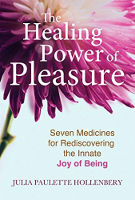 Hidden just below the surface of ordinary day-to-day reality lies an abundance of pleasure and delight. By learning to look beyond your daily challenges, you can ease your stressed mind and body and rediscover the magic, mystery, sensuality, and joy that is possible in everyday life.
Hidden just below the surface of ordinary day-to-day reality lies an abundance of pleasure and delight. By learning to look beyond your daily challenges, you can ease your stressed mind and body and rediscover the magic, mystery, sensuality, and joy that is possible in everyday life.
The Healing Power of Pleasure combines scientific fact with ancient spirituality, insight, humor, and poetry. This book presents an invitation to reawaken your body, realize the depth and web of relationships within which we live, and embrace the pleasure, power, and potency that arise when we look inward as well as confidently relate outward with the world around us.
For more info and/or to order this book, click here. Alsio available as a Kindle edition and as an Audiobook.
About the Author
 Julia Paulette Hollenbery is a bodyworker, therapist, mystic, healer, and facilitator. For more than 25 years she has guided countless clients into deep confidence and self-authority. Passionate about sharing her life-long love of the mystery, real sensual relationship, and the life of the body, Julia lives and works in London.
Julia Paulette Hollenbery is a bodyworker, therapist, mystic, healer, and facilitator. For more than 25 years she has guided countless clients into deep confidence and self-authority. Passionate about sharing her life-long love of the mystery, real sensual relationship, and the life of the body, Julia lives and works in London.
Author's Website: UniverseOfDeliciousness.com/























